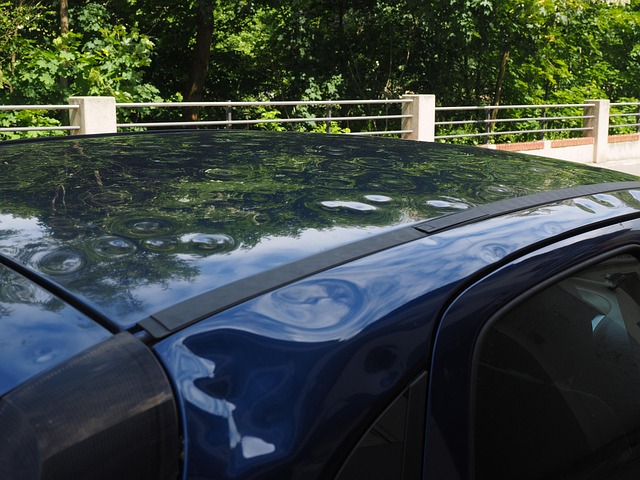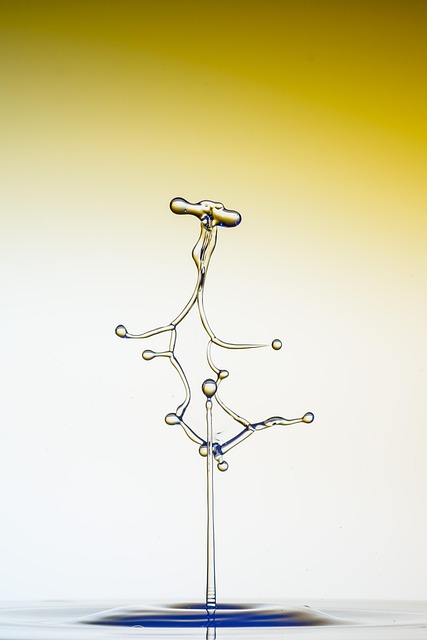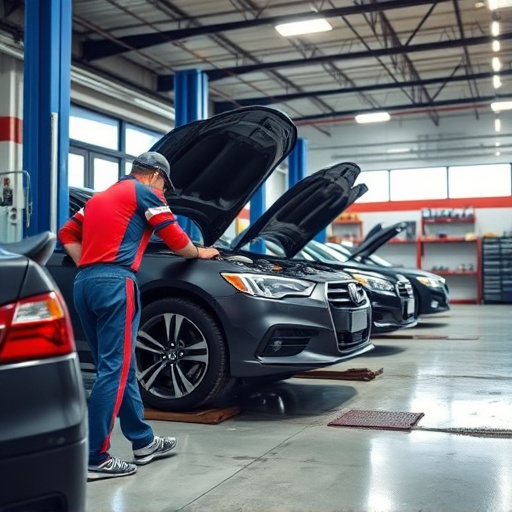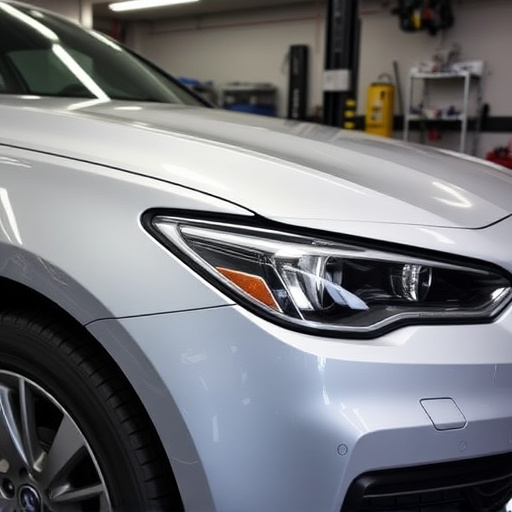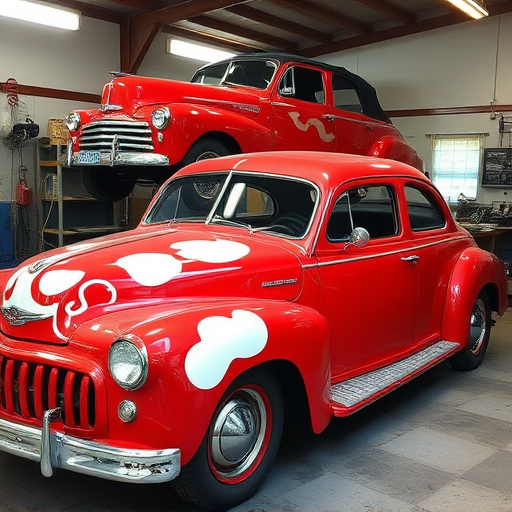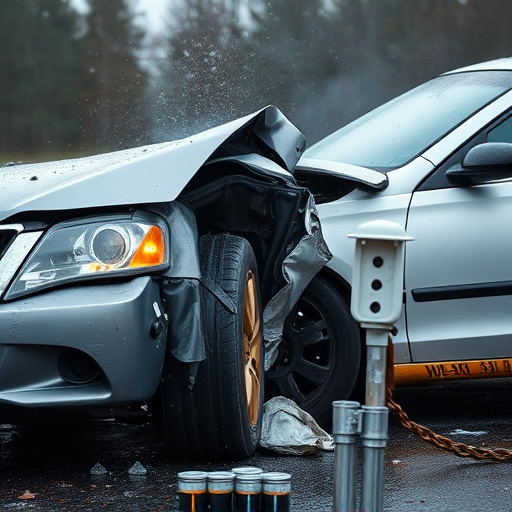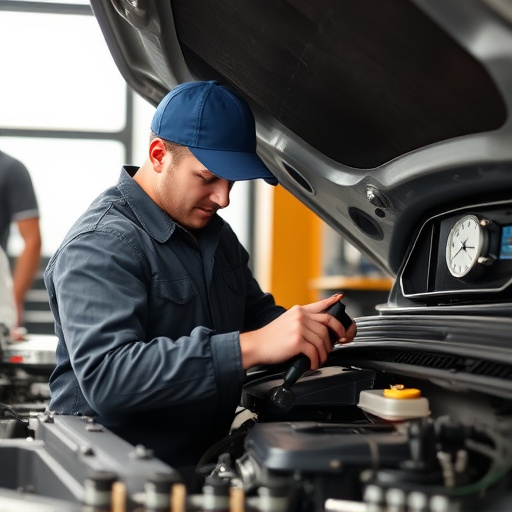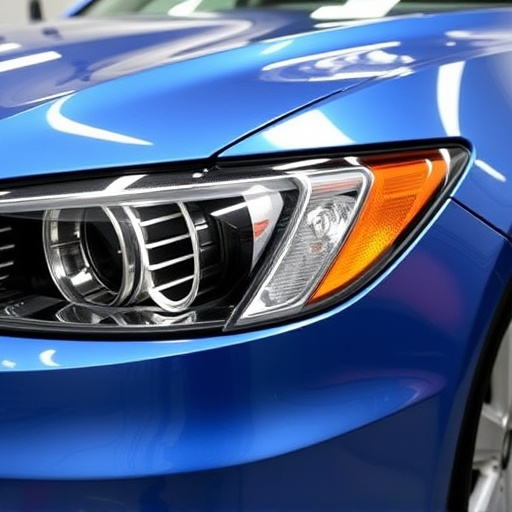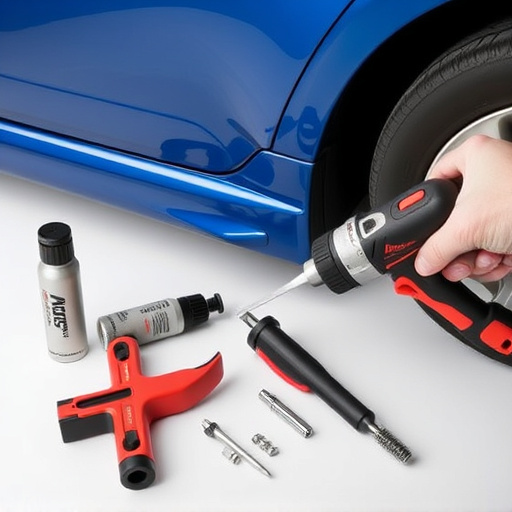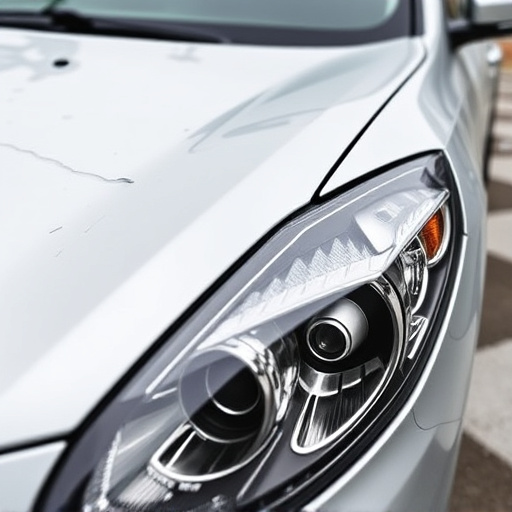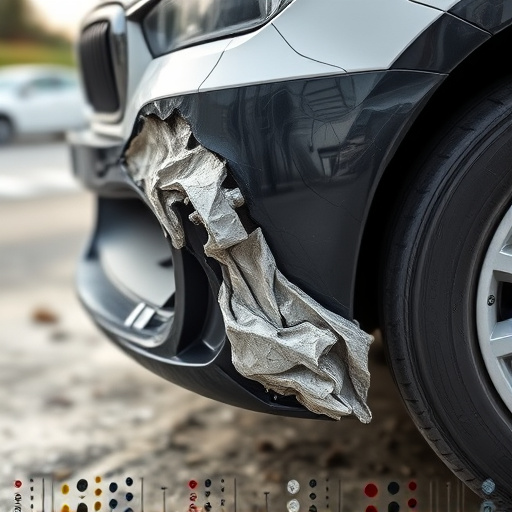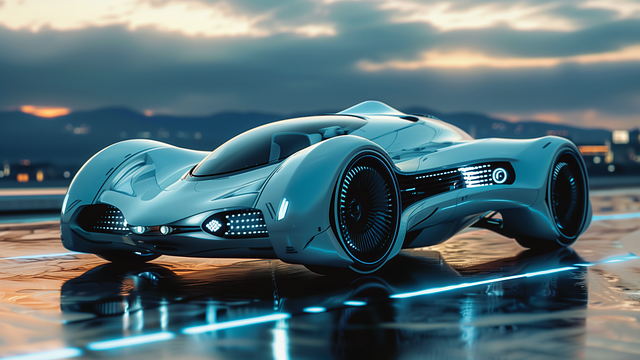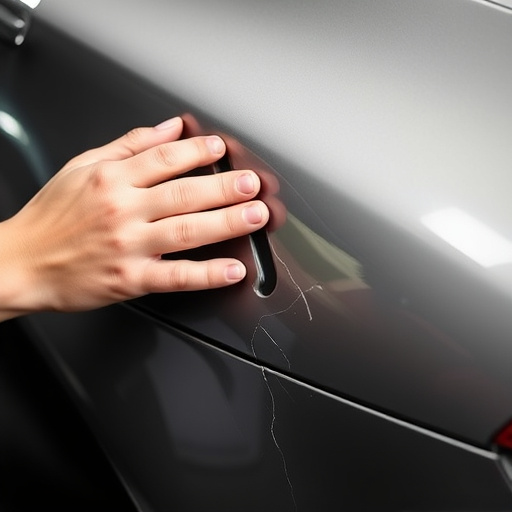Mercedes light package repair involves meticulous inspection, replacement of defective parts, and integration of new components for optimal performance. Post-repair testing ensures software compatibility under simulated driving conditions. Regular updates and advanced diagnostic tools maintain long-term compatibility, preventing issues and extending the lighting system's lifespan.
After a Mercedes lighting repair, ensuring software compatibility is crucial. This guide breaks down the essential steps post-repair testing, offering insights into navigating the intricate Mercedes light package repair process. We discuss strategies for long-term compatibility, helping you maintain optimal system performance. Understanding these key components guarantees your vehicle’s lighting systems function seamlessly, enhancing safety and driving experience.
- Understanding Mercedes Lighting Repair Process
- Post-Repair Testing: Ensuring Software Compatibility
- Strategies for Maintaining Long-Term Compatibility
Understanding Mercedes Lighting Repair Process
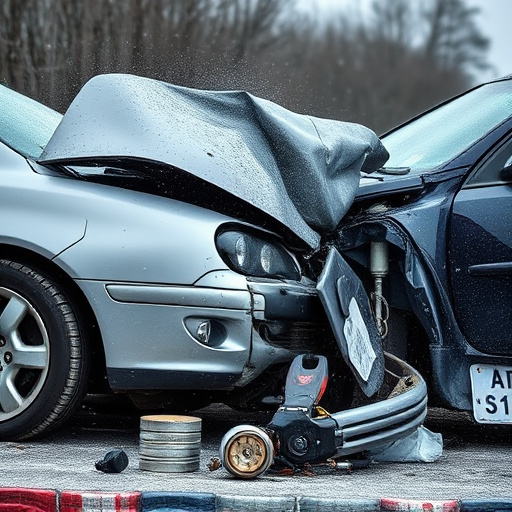
The Mercedes lighting repair process involves a meticulous series of steps to ensure optimal vehicle performance and safety. It begins with a thorough inspection to identify any defects or issues within the car’s lighting system, encompassing headlights, taillights, and turn signals. This initial evaluation is crucial in pinpointing exactly what repairs are needed.
Once identified, the repair process may include replacement parts, such as bulbs, lenses, or control modules, all of which contribute to the overall functionality of the vehicle’s lights. Skilled technicians use specialized tools and diagnostic equipment to navigate complex electrical systems, ensuring accurate and precise work that complies with safety standards. The goal is not just to fix but also to maintain the integrity of the original Mercedes light package repair, harmoniously integrating new components with existing systems for seamless operation.
Post-Repair Testing: Ensuring Software Compatibility
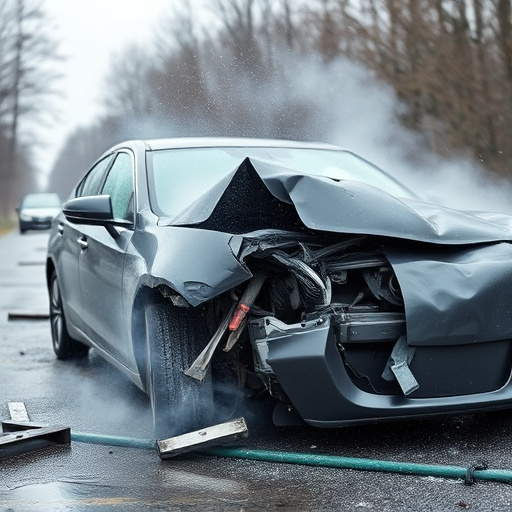
After completing a Mercedes light package repair, thorough post-repair testing is essential to ensure software compatibility. This process involves verifying that all electronic systems within the vehicle function seamlessly with one another, especially given the complex integration of modern lighting technologies. Technicians must conduct extensive checks to identify any discrepancies or errors in communication between the repaired components and the car’s overall software ecosystem.
During these tests, various scenarios are simulated to mimic real-world driving conditions. This includes turning on different lighting features, evaluating brightness levels, and assessing response times. By subjecting the vehicle to such simulations, mechanics can pinpoint any issues early in the process, ensuring a smooth transition back onto the road. Moreover, with today’s advanced automotive software, even subtle compatibility problems can lead to significant performance drawbacks or safety concerns. Thus, meticulous post-repair testing is paramount to deliver a vehicle that not only looks good after a Mercedes light package repair but also operates at peak efficiency and safety standards.
Strategies for Maintaining Long-Term Compatibility
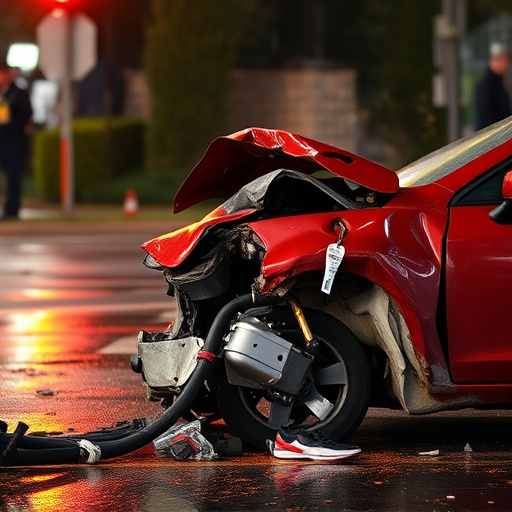
After completing a Mercedes light package repair, maintaining long-term compatibility is paramount to ensure your vehicle’s software continues to function seamlessly. One effective strategy involves regular updates and maintenance checks conducted by automotive experts. Keeping the system up-to-date addresses potential compatibility issues before they arise, as manufacturers often release patches for enhanced performance and security. Regular visits to a reputable car repair shop can facilitate these updates, allowing technicians to diagnose any software anomalies early on.
Additionally, integrating advanced diagnostic tools into your automotive body shop’s routine can prove invaluable. These tools enable mechanics to conduct thorough tests, identify potential conflicts, and make necessary adjustments to maintain the system’s integrity. By adopting such proactive measures in a professional automotive repair service environment, owners of Mercedes vehicles can extend the lifespan of their lighting systems while harnessing optimal performance and ensuring future compatibility with evolving technologies.
After completing a Mercedes lighting repair, ensuring software compatibility is vital to maintain optimal vehicle performance. By conducting thorough post-repair testing and implementing strategies for long-term compatibility, such as regular system updates and using reputable diagnostic tools, you can guarantee that the repaired lighting functions seamlessly with the vehicle’s other systems. This approach ensures a reliable and safe driving experience, preserving the integrity of the Mercedes light package repair for years to come.
